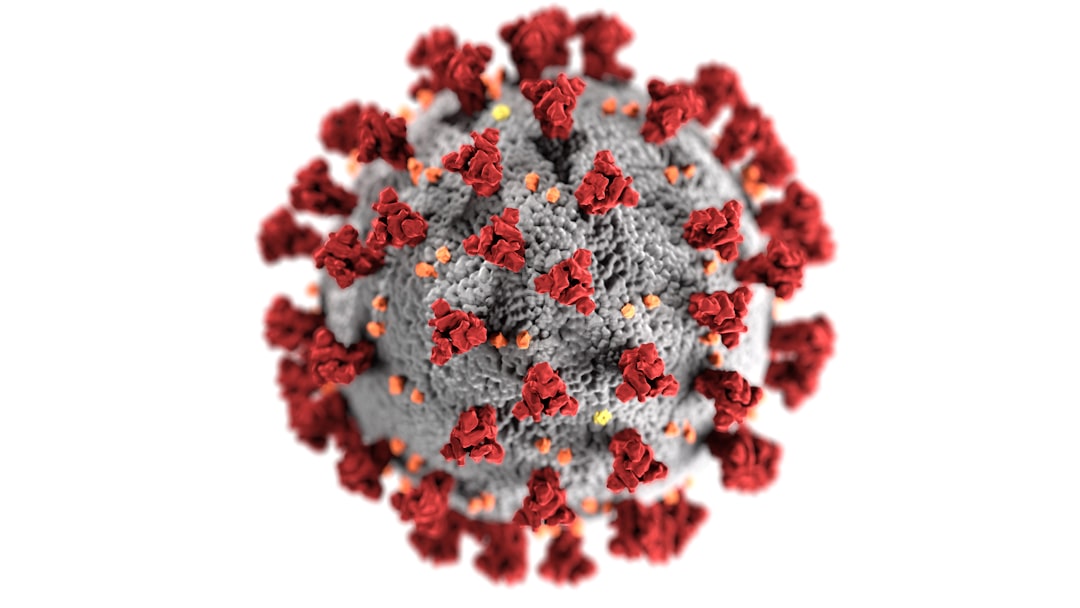What is it about?
This study demonstrated continuous-flow photo degradation for safe and selective conversion of three OPEs (HMTD, MEKP, and TATP) to H2O2 using two different UV radiation sources. The usage of zinc lamp resulted in fast conversion of OPEs to molecular oxygen, while the use of mercury lamp would be preferable for selective conversion of OPEs to H2O2 only using a 61 cm long coil reactor coil with 0.38 minute exposure to UV radiation at 254 nm. The maximum degradation efficiency of 20%, 26%, and 12% for HMTD, TATP, and MEKP, respectively, was achieved with mercury lamp that can be used to drastically reduce the runtime of FIA-chemiluminescent analysis to less than 0.5 min and increase its sensitivity down to nanomole level using previously reported approach. Additionally, this photochemical flow conditions can provide efficient remediation of OPEs with 0.6–0.9 conversion degree depending on concentration of OPEs. Importantly, the kinetic nature of the direct photo degradation of H2O2 (i.e., UV+H2O2) can also be applied to maximize ROS production particularly for water treatment.
Featured Image
Why is it important?
The release of hydrogen peroxide from organuic peroxides can be used for the fast detection of explosives
Read the Original
This page is a summary of: Ultra-Fast Continuous-Flow Photo Degradation of Organic Peroxide Explosives for Their Efficient Conversion into Hydrogen Peroxide and Possible Application, Propellants Explosives Pyrotechnics, January 2016, Wiley,
DOI: 10.1002/prep.201500309.
You can read the full text:
Resources
Contributors
The following have contributed to this page










